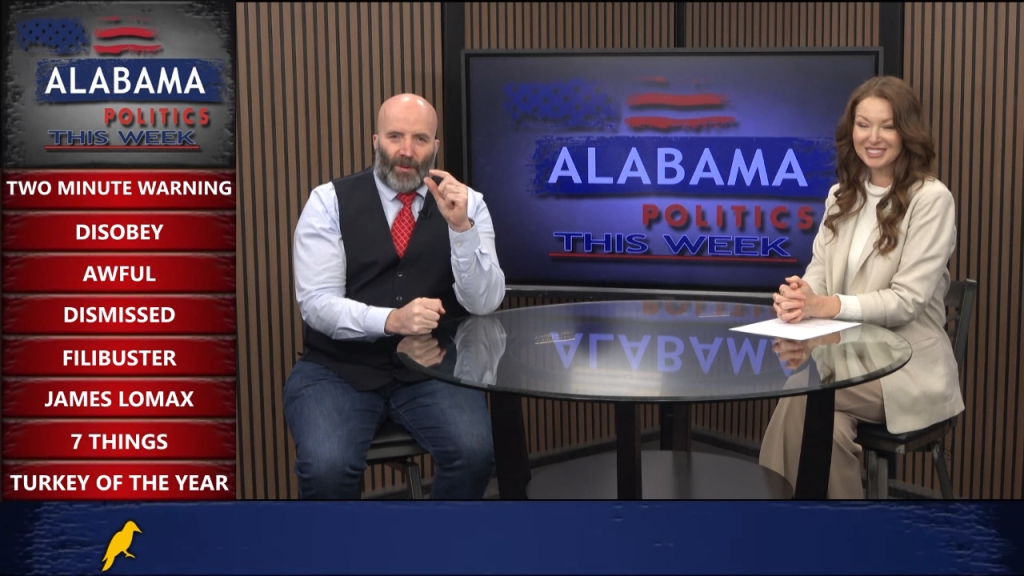
By: Gene Hallman
They said no one would go to Railroad Park.
They said no one would go watch the Barons play baseball downtown.
They said downtown was dead.
Guess what? They were wrong.
Now it’s time to talk about our biggest and most rewarding project.
The dome to some people is a foul four-letter word. Arguably, the dome, or the multi-purpose facility, is the most hotly and widely debated project in the history of Birmingham. More than 18 years in the making, the quest for the dome has become a very emotional issue. Allow me to discuss some of the misconceptions surrounding this project.
Myth #1: Birmingham doesn’t have a professional sports team, so why the dome?
Truth: A professional sports team would frankly be a huge drain on the finances of a Birmingham dome. Team owners require much of the facility’s operating income generated from parking, concessions, merchandise and sponsorships. Every feasibility study done regarding the Birmingham dome has assumed no professional sports team as a tenant, and all studies have highlighted our region’s need for the facility.
The new facility would allow us to effectively maximize our reputation as a great sports event host. Legion Field, built in 1927, is no longer competitive when trying to lure prestigious sporting events to our region. BJCC was built in the early 70’s and is host to a wide variety of events, but it also is no longer competitive with comparable facilities throughout the Southeast.
Myth #2: Birmingham is not a convention and trade show destination.
Truth: According to the Greater Birmingham Convention and Visitors Bureau, traveler expenditures in Jefferson County in 2012 reached $1.54 billion. The total estimated number of overnight visitors totaled more than 4 million. Hotel managers estimated that 59% of overnight guests in 2012 came to the city specifically for business or conventions. That number would have grown substantially had there been more convention floor space at the BJCC, creating availability for multiple groups to simultaneously book conventions or trade shows. The BJCC and the Greater Birmingham Convention and Visitors Bureau can document the countless conventions and trade shows that the city has lost due to limited convention facilities.

Here’s one thing to know about domes—they are utilized very effectively as convention facilities. The transformation from a sports facility to a convention hall can happen quickly by lowering ceiling lights and moving in temporary walls. The BJCC’s total available convention floor space would be increased by 73% with the addition of the Dome and allow us to capture many of these missed convention opportunities. Domes are used on average 150-175 days per year, and most of this utilization is for conventions and trade shows.
MYTH #3: A New BJCC arena is the next big step for Birmingham.
Truth: A new arena would be a costly investment relative to our community’s needs. A typical arena has 15,000 square feet of floor space while a typical dome has more than 100,000 square feet of floor space. As mentioned above, this Dome floor space is much needed for the Birmingham convention and trade show business. An arena would not enhance our convention capabilities whatsoever. And most facility experts estimate arena construction is 70-85% of the cost of a comparably constructed Dome.
Myth #4: Stadiums are a drain on local governments.
Truth: An article printed several years ago in The New York Times and reprinted by The Birmingham News stated that stadiums and ballparks rarely pay for themselves and are a bad investment for cities. That article referred to facilities built specifically for professional sports teams and their wealthy owners, most of which were outdoor facilities with limited use capabilities. It is comparing apples to oranges to infer that the facility examples in the article are comparable to Birmingham’s circumstances.
Study after study has concluded that a Birmingham regional Dome would generate incremental tax revenues from visitors that over a 30-year period would provide any public funding a positive Return on Investment.
Myth #5: We can’t afford it.
Truth: Using today’s economic indicators, much of the funding needed for this new facility is already secured. Already earmarked for this project are four taxes that were previously passed by the state legislature, including an alcohol and lodging tax. The land for this new facility has already been purchased and sits across the street from SEC Headquarters and the growing Entertainment District.
A similar facility debate raged in Birmingham in the late 1960’s. It revolved around the construction of the current BJCC complex. The opponents of the proposed new project thought that our then current facility, Boutwell Auditorium, was sufficient for our community needs and that we did not need a new “gym”. Imagine a Birmingham community today with Boutwell Auditorium as our one and only civic center complex.
We have a new Birmingham where everything is possible. The groundwork is laid—it’s time to take our next big step.
Gene Hallman is president and CEO of Bruno Event Team, the largest sports event management company in the U.S., and executive director of the Alabama Sports Foundation. This post originally appeared on The Comeback Town.
What do you think? Does Birmingham need a dome? Let us know in the comment section below, or by tweeting us @YHPolitics.











